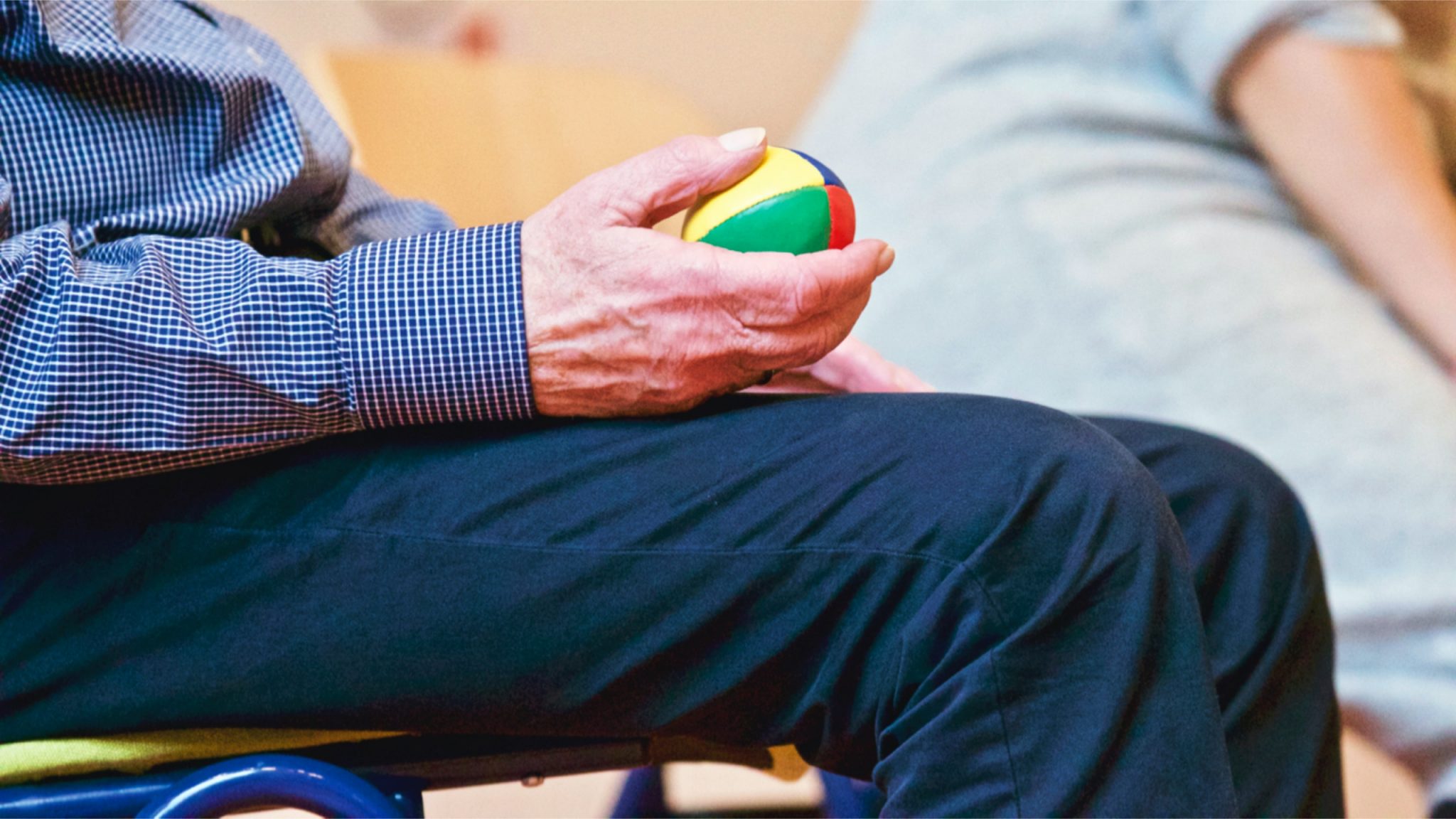How Long Does It Take to Get Rid of Spider Veins?
If you’re considering getting medical treatment for spider veins, you may be wondering how long it will take to get rid of the veins after the procedure.
The length of time it will take to get rid of spider veins depends on several factors:
- the type of procedure being used
- the number of veins being treated
- the size of the veins being treated
First, we’ll take a brief look at what spider veins are and what can cause them.
What Can Cause Spider Veins?
Spider veins are those little red or purple winding veins that appear just below the skin’s surface. They have a web-like appearance, which explains the name. Most often, these veins appear on the legs but they are also commonly found on the face.
There are numerous things that can cause spider veins. Anything that increases pressure in the vein valves can cause blood vessels to become damaged and possibly burst. Carrying extra weight, smoking, sitting or standing for long periods, lack of exercise, and a history of spider veins in your family can all contribute to whether or not you’ll develop spider veins. Skin conditions such as rosacea or sun damage can also lead to spider veins on the face.
What Medical Procedures Can Treat Spider Veins?
Thankfully, since spider veins are small, they can usually be treated with less invasive treatments than large varicose veins, which can sometimes require surgical treatments to fully remove them.
Sclerotherapy
A sclerotherapy procedure involves injecting the offending veins with a sclerosant, an irritating solution, that will create scarring in the veins to help them close. The blood will stop flowing through the damaged veins and reroute through healthier veins.
Sclerotherapy sessions usually take 10 to 30 minutes. The number of sessions needed depends on the size of the veins and how the veins respond to treatment. Most patients need an average of 2 to 4 sessions.
It can take a few weeks for the treated spider veins to fade. Smaller spider veins can show results in three to six weeks, while larger veins can take three to four months.
A vein may need more than one session, however, sclerotherapy is typically very effective for spider veins. It doesn’t require anesthesia and can be done in a dermatologist’s or vein specialist’s office. You could experience swelling, itching, and skin color changes in the area.
Closure System
Like sclerotherapy, the closure system involves injecting a solution into the veins. The solution is very sticky and works by stopping blood flow in the trouble vein which will then help the spider vein fade or disappear over time.
With the closure system, spider veins start to gradually disappear shortly after the procedure, but full results can take up to six weeks.
Several treatments may be required before the desired results are achieved. These can also be done right in the vein specialist’s office. After treatment, a patient is usually instructed to wear compression stockings for anywhere between several days or several weeks.
Endovenous Laser Treatment (EVLT)
This is a newer treatment for spider veins that consists of making a tiny incision in the vein and then inserting a laser fiber that heats up the spider vein and causes it to collapse. There’s also a more advanced procedure, endovenous radiofrequency ablation, that uses radiofrequency energy instead of light. Some prefer this procedure since it doesn’t involve incisions or needles.
Endovenous laser treatment sessions usually take 15 to 60 minutes and local anesthesia is used. The number of sessions needed depends on the size of the veins and how the veins respond to treatment. Most patients need more than one session.
With EVLT, spider veins can take several months or up to a year to disappear. However, they may not disappear completely and there is a risk that new spider veins could develop in the same area.
Some people believe EVLT is less effective than sclerotherapy, especially for larger veins. However, there are others who have had more success with EVLT.
Practice Patience and Self-Care for Vein Health
All of these treatments for spider veins take a little time to show results, but with a little patience and post-procedure care, you’ll be on your way to smoother, more even-toned skin.
In the meantime, there are some other actions you can take to help decrease the appearance of spider veins and promote overall vein health.
- Wearing compression stockings or compression socks can help to decrease the appearance of spider veins. These socks compress the leg veins which helps to relieve the pressure on the vein valves. With the added support from compression stockings or socks, your veins won’t be as inflamed or visible.
- Elevate your legs daily. Spending time each day with your legs propped up can help to ease the pressure on the vein valves and reverse the blood flow. When you have spider veins, it can result in weaker veins that are not able to efficiently pump blood up toward the heart. That’s when the veins start to get swollen and bulged, as blood starts pooling in the lower legs. When you’re working at a desk, try using a footrest. Also, try sleeping with your legs propped up on a pillow.
- Move your body regularly. Sitting or standing in one place for a long period of time can also affect blood circulation. When you’re inactive and remaining in one position for a long time, blood is not encouraged to flow freely. Try not to sit for longer than 30 minutes at a time without getting up for a short movement break. Get up and walk around to get the blood moving. If you absolutely must remain seated for longer than 30 minutes, rotate your ankles and alternate between pointing and flexing your toes. This will help encourage blood circulation as well.
- Maintain a healthy weight. Extra weight can put more pressure on the leg veins which can exacerbate spider veins and amplify their appearance. If you’re overweight, set a goal for yourself to lose some weight for the sake of your vein health.
- Wear loose, comfortable clothing. Tight clothing, especially around the waist or legs, can actually constrict blood flow and contribute to spider veins. Opt for clothing that fits comfortably. Not only will it feel better, but you’ll be promoting proper blood flow.
Summary
Now you know how important it is to have healthy veins for your physical and mental wellbeing. You also know the signs associated with problem veins in addition to the obvious physical symptoms like the swollen, bulged appearance in the legs and feet. Knowing the medical procedures available to you and how they can benefit you can help make the decision to get treatment easier. You’ve seen how these quick, easy injections or laser treatments can alleviate your vein issues, leaving you with healthier, smoother legs and freedom from pain and soreness. Committing to several weeks of compression and rest are all you need to ensure you get the most out of your spider vein procedure.
While a healthy diet and lifestyle are extremely helpful for vein health, it’s important to seek out professional care if the problem persists. If you’re experiencing symptoms of venous insufficiency that don’t respond to diet and lifestyle changes, contact us today to book an appointment.





